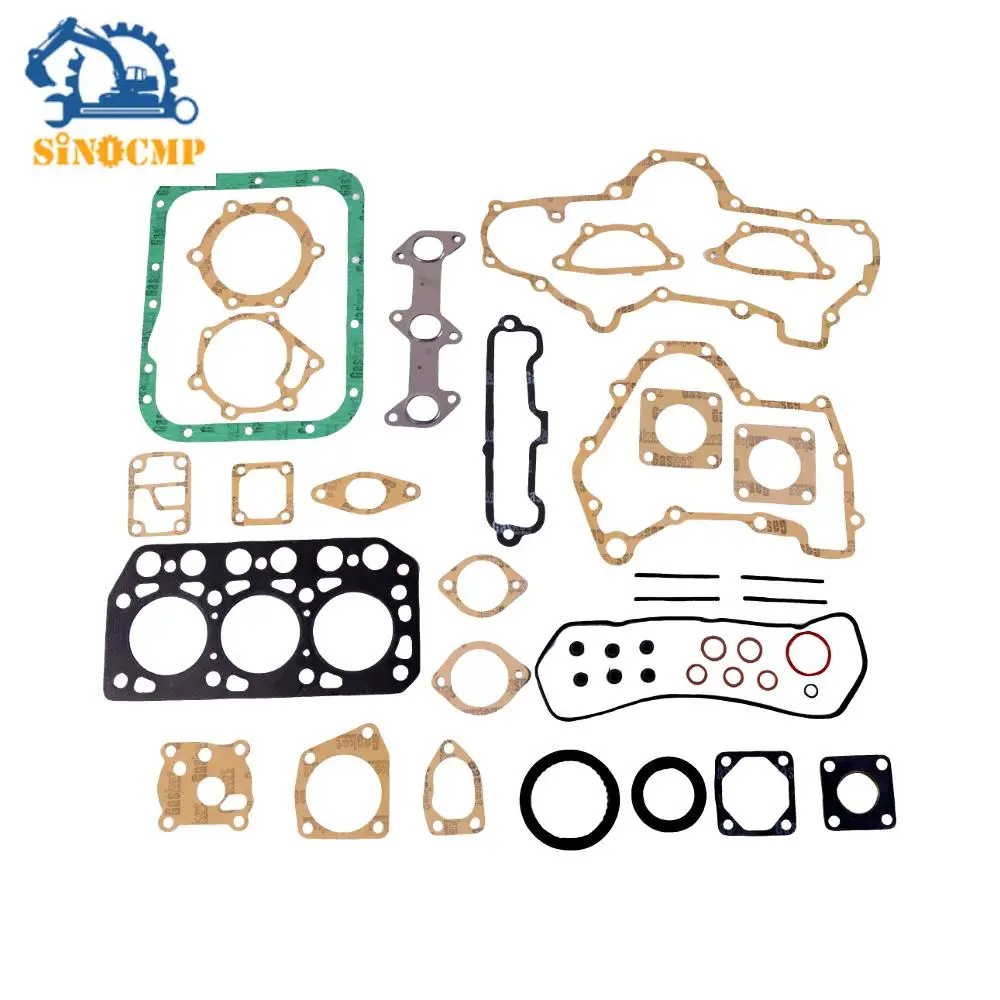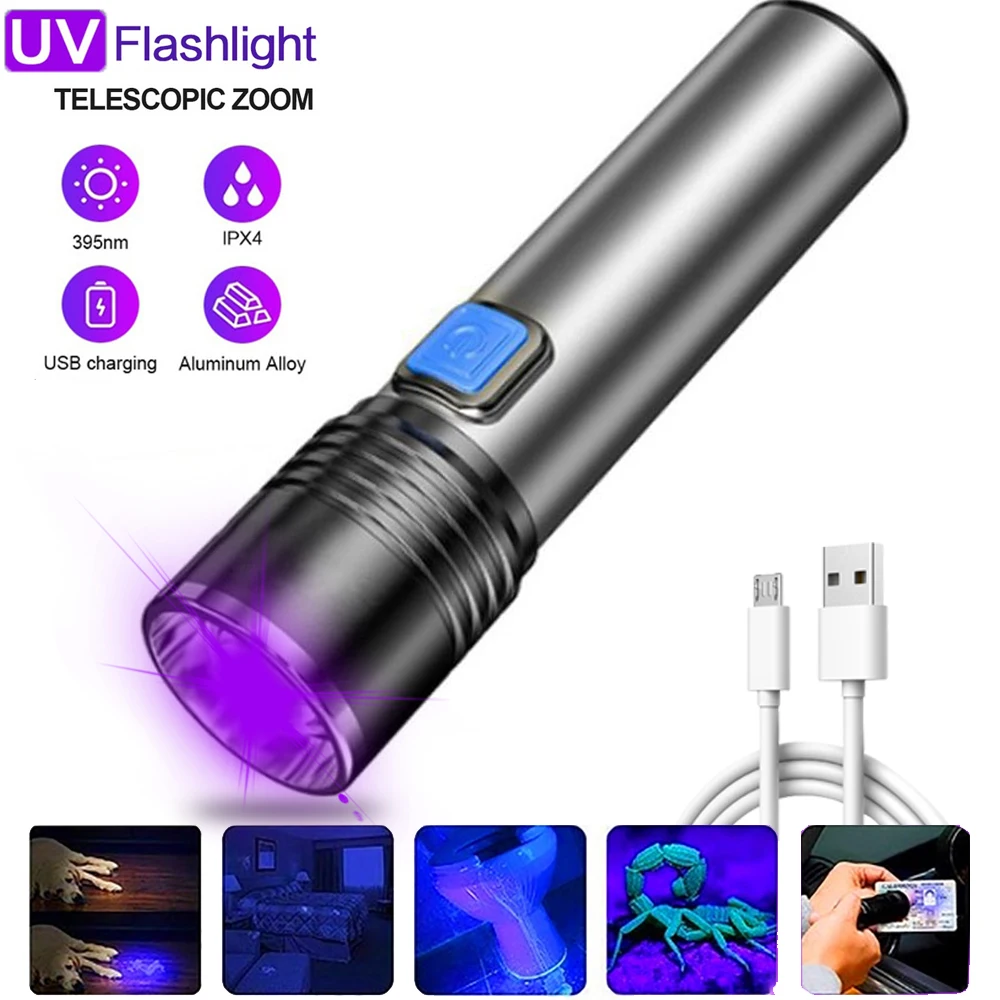Порошок сломанной пчелиной пыльцы для клеточной
- Категории: Пчелиная пыльца >>>
- Поставщик: Henan,KB,Co.,Ltd.
Поделиться:
Описание и отзывы
Характеристики

Bees make bee pollen granules by collecting and mixing together the excess pollen and nectar created by flowers. They carry the bee pollen on their legs as they travel back to their hives. Hive owners place a mesh screen near the beehives to safely brush off the pollen granules as the bees pass through, and collect the pollen in a tray. The nutritionally-rich granules are then cleaned, processed, and ground into a fine powder for human consumption. Cellwall Broken Bee Pollen(Pollen powder) is comprised of bee pollen that has had the cell wall broken in a low-temperature environment. This product exists in a light yellow colored powder form. Cellwall Broken Bee Pollen is most commonly used as a functional food additive.
BEE POLLEN NUTRITION:
15-25% Amino Acids, Up to 40% Carbohydrates, 5% Fatty Oils, Up to 35% protein
QUALITY MEASURED:
Bee Pollen powder varieties available:
| Mixed pollen | Rose pollen |
| Rape pollen | Sunflower pollen |
| Tea pollen | Corn pollen |
| Lotus pollen | Leonurus pollen |



ANALYSIS REPORT
Assay | Wall-breaking 98% |
Paiticle size | 100% pass 40 mesh |
Bulk density | 45-55g/100ml |
Oder/Taste | Characteristic |
Loss on drying | MAX. 5.0% |
Total ash | MAX. 2.0% |
Heavy Metals | Max. 10ppm |
As | <2ppm |
Total Plate Count | <1000cfu/g |
Yeast & Mould | <100cfu/g |
E.Coli | Negative |
Pesticides | Negative |
Physical characteristics of bee pollen
Bee pollen grains are oval in shape and with size from 10 to 150 microns. When collecting pollen from flowers plants bees mix it with secretions of the salivary glands and nectar, over it in honey and make granules (balls) with a size of 1-2mm and mass 5-6mg. The importance of pollen for colony is huge. It is used as food, for rearing the larvae, to produce wax and royal jelly. Average per year a well developed colony consumes about 30kg of pollen. About 20% of pollen (6kg/yr) can be taken without harmful effects for the bee family. This is done using special devices called “pollen traps”.
Chemical composition of bee pollen
It is confirmed that pollen contains 20 out of 23 known amino-acids. The contents of amino-acids bound by albumins identical to the free amino-acides, is as follows: cysteine, tryptophan, alanine, serine, threonline, proline, valine, lysine, arginine, histidine, glycocoll, glutamic acid, phenylalanine, leucine, isoleucine. Using chromatographic method it was also confirmed that the pollen lipids consist of free saturated fatty acids, Namely: palmitic, myristic and lauric acid, traces of monoglycerides and unsaturated fatty acids and triglycerides. Of the bioactive mineral substances – Ca, Fe, P, Mg, Co have been confirmed, and hormonal substances are found in certain kinds of pollen. In many pollen mixtures the following vitamins were found: thiamine(B1), riboflavin(B2), pyridoxine(B6), nicotinic acid, panthotenic acid, folic acid, ascorbic acid(C). Proviatamin (A), the so called carotin, vitamin R(rutin) and vitamins E and D were also discovered. Using detailed analysis, it was established that pollen from many plants contains: silicon, sulfur, copper, cobalt, sodium, iron, aluminum, calcium, magnesium, manganese, phosphorus, barium, silver, zinc, chrome, strontium and other miceoelements. It was comprises of many albumins and free amino-acids, catalase ferments that are important for the organism and certain organic acids, malic acid, tartaric acid and lactic acid. With the action of ferments excreted by the bees when storing pollen into the honeycombs, after several weeks a significant change of matter takes place. Chemical contents and nutritional properties of fresh pollen and the pollen in honeycombs differ. The quantity of albumin and fat is decreased and the quantity of lactic acid is increased. The size of sugar is also increased, depending on the kinds of honey bees add pollen to during preserving.
Healing properties
There are variety of the precious substances in pollen, many of which play the role of a bio catalyst in human organism, to start using pollen as a therapeutic means. It is proven that pollen shows very good effects in the case of anemia, premature ageing, arterial hypertension, arteriosclerosis, cerebral sclerosis, digestion problems, it increases appetite and work ability, it normalized the functioning stomach. It is recommended to all who have been exposed to X-rays radiation or have been treated with a large dose of antibiotics. Practically, pollen contains everything that organism requires. In the natural medicine’s arsenal, pollen and royal jelly are considered a very popular tool that has multiple healing features, and many health benefits.
Certificate Available
| USDA Organic Certificate |
| ECOCERT Certificate |
| Halal Certificate |
| Certificate of inspection for import of products from organic production into the european community |
| Health Certificate |
| Veterinary Certificate |
| GMP certificate |
| Certificate of Origin |



























